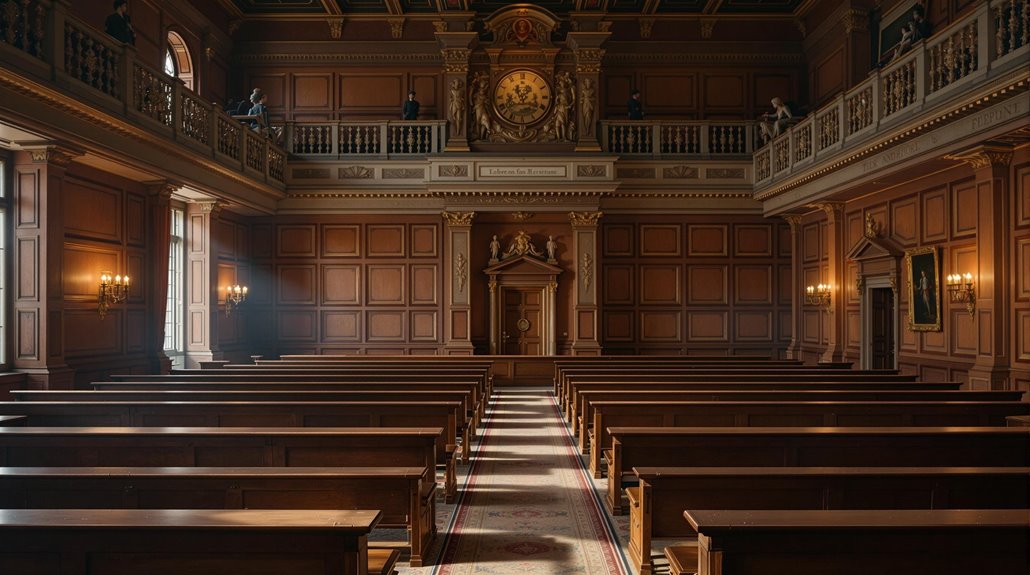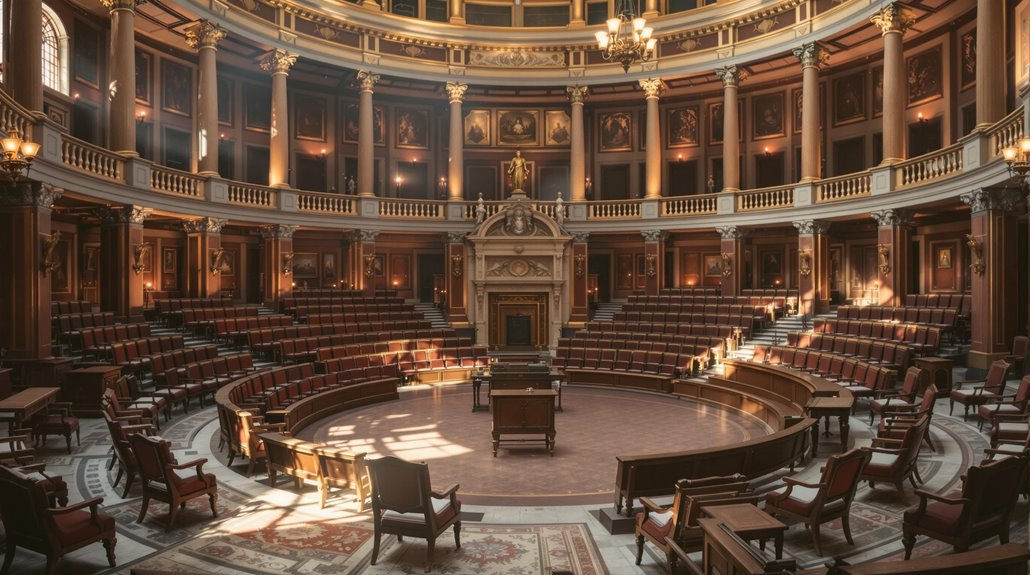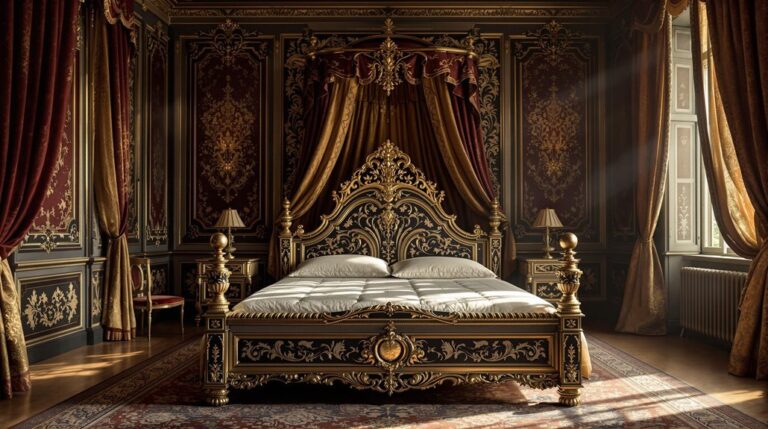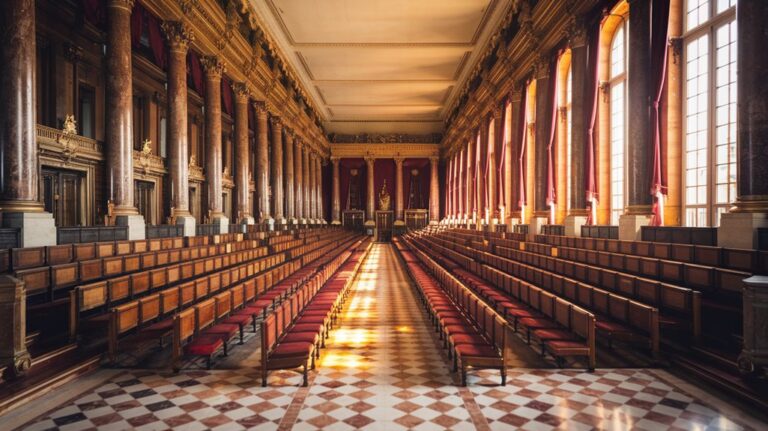Why the French Revolution Gave Us ‘Left’ vs. ‘Right
You've probably heard that sitting arrangements during the French Revolution created our modern political labels of "left" and "right," but let's examine if that's really how it happened. The story begins in 1789 when delegates to France's National Assembly made seemingly simple choices about where to sit in their meeting hall. What started as a practical matter of spatial organization would transform into one of the most enduring frameworks for understanding political ideologies worldwide.
The Birth of Political Seating in 1789
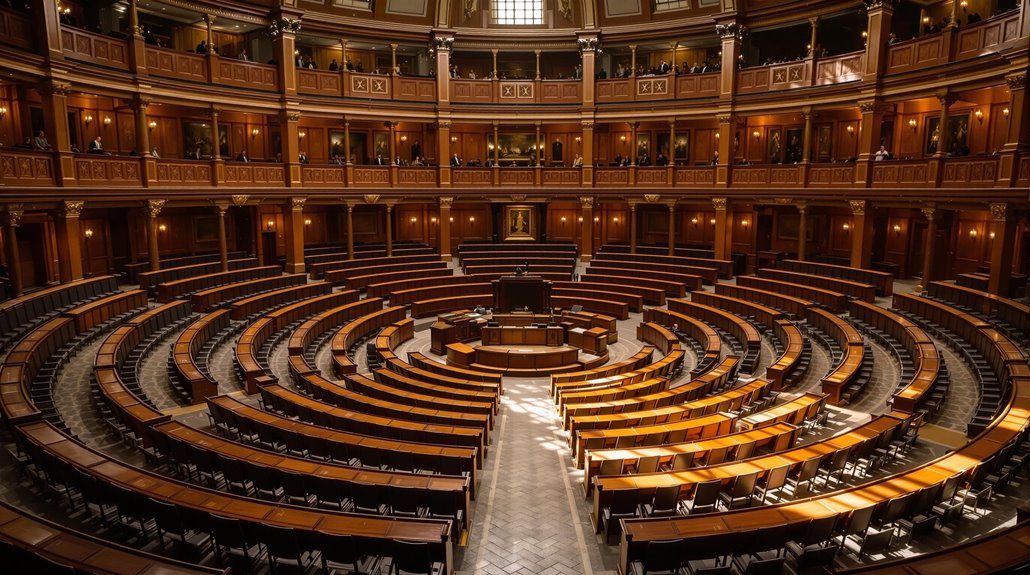
While modern political labels of "left" and "right" seem timeless, they originated in a specific moment during the French Revolution. During heated debates about the king's veto power in 1789, the newly formed National Assembly adopted seating arrangements that would shape political language for centuries to come.
You'll find the roots of this divide in the transformation of the Estates-General, where the Third Estate broke away to form the National Assembly. Despite initial opposition from the monarchy, they gained official recognition after the Tennis Court Oath. Finance Minister Necker had attempted to reconcile the estates before their dramatic split. Under the leadership of Abbé Sieyès, influential pamphlets helped galvanize support for the Third Estate's independence.
When discussing the king's constitutional powers, those supporting an absolute royal veto sat on the president's right, while opponents sat on the left. These ideological divides, reflected in the physical seating arrangements, created a visual metaphor that would eventually spread far beyond France's borders.
From Physical Layout to Political Labels
Although the initial seating arrangement in France's National Assembly began as a practical solution for organizing political debates, it quickly evolved into a powerful system of ideological labels that would shape global political discourse.
The trade union movements became a defining force in left-wing politics throughout history.
Cold War tensions intensified the reluctance of Americans to identify as leftists during the mid-twentieth century.
What started as a physical layout transformed into enduring political symbolism that still influences how we perceive political positions today.
- The ideological spectrum first distinguished supporters of absolute monarchy (Right) from advocates of limited monarchy (Left).
- These divisions deepened through economic debates about capitalism versus redistribution.
- The Left-Right framework spread globally, becoming shorthand for complex political philosophies.
You'll notice how these terms evolved from simple physical positions to complex political identifiers, shifting their meanings with each era while maintaining core distinctions about tradition versus change, hierarchy versus equality, and market freedom versus government intervention.
The Spread of Left-Right Terminology Worldwide
Once the French Revolution established the left-right political framework, these terms quickly spread beyond France's borders to shape global political discourse.
By the early 19th century, you'd find this terminology taking root across Europe, and by the early 20th century, it had become standard political language worldwide. The ideals of liberty and equality became fundamental to these political divisions.
As this global terminology spread, it adapted to different cultural variations. While the basic framework remained, you'll notice that different regions interpret left and right distinctly. Initially, these terms simply referred to seating in the legislature, not political ideologies.
The U.S. developed its own policy associations, Latin American countries use the divide differently, and Asian democracies have unique interpretations.
Today, you'll see these terms used everywhere from two-party systems to multi-party democracies, serving as a common language for political scientists, media outlets, and international discourse – though their exact meanings continue to vary by context.
Modern Applications of the French Assembly Legacy
The French Revolution's legacy extends far beyond political terminology into the practical structure of modern democracy.
You'll find its influence in today's legislative committees, which mirror the working groups that once shaped Revolutionary-era policies. Modern parliaments continue to embrace the bicameral system, with many nations adopting structures similar to France's National Assembly and Senate. The Palace of Versailles hosts joint sessions where both houses come together to make critical decisions. The fierce debate between Jacobins and Girondins established the foundation for modern political party rivalries.
- Civic engagement remains vibrant through public demonstrations and political activism
- Legislative procedures still reflect Revolutionary-era debate practices
- Multi-party systems trace their roots to the original left-right divide
Today's democratic institutions carry forward these Revolutionary traditions through formalized opposition roles, committee structures, and the fundamental principle of popular sovereignty.
When you participate in public discourse or observe parliamentary proceedings, you're engaging with systems directly shaped by the French Revolution's enduring impact.
The Evolution of Left-Right Political Philosophy
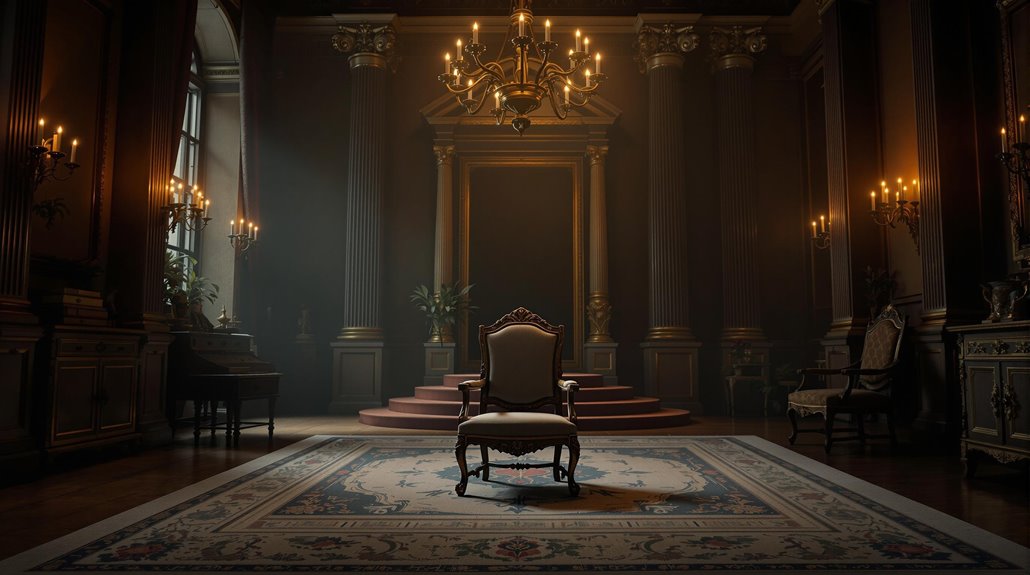
When members of France's National Assembly took their seats in 1789, they unknowingly created a political framework that would shape global discourse for centuries to come.
The revolutionary values emerged on the left side of the assembly chamber, establishing a lasting pattern for political ideology.
Inspired by Enlightenment thinkers, these early leftist politicians advocated for dramatic reforms to France's monarchy and social structure.
What began as a simple seating arrangement evolved into a complex spectrum of political ideologies that would define modern politics.
The left became associated with radical change and rejection of hierarchy, while the right aligned with tradition and social order.
This framework expanded beyond its French origins, incorporating new dimensions like Pournelle's liberty-control axis and Mitchell's force-rank traditions.

